News Release
Contacts:Don Jarosz, TACOM LCMC, (586) 574-8820
Dave Branham, PEO Land Systems, (571) 205-6243
For Immediate Release:
U.S. and Australia establish project agreement for Joint Light Tactical Vehicle program
FORT LAUDERDALE, Fla. - Thursday, February 26, 2009 - As part of the Army and Marine Corps' Joint Light Tactical Vehicle (JLTV) program, the U.S. Department of Defense and the Australian Department of Defence have entered into a Land Force Capability Modernization (LFCM) Project Arrangement (PA) for JLTV. The PA, which became effective on January 21, will develop and document a harmonized JLTV program through cooperative risk reduction, experiments and demonstrations, modeling and simulation, testing, and data collection. This should result in an enhanced JLTV program and allow for continued cooperation in the JLTV program development.
"Today's announcement by the Army sets in motion a long-awaited and important project agreement between the U.S. and Australian armed forces. This agreement will enable tactical vehicle interoperability and integration between U.S. future forces and Australian land forces, ultimately reducing cost, schedule and performance risk to the JLTV program for both nations," said Mr. Kevin M. Fahey, Army Program Executive Officer for Combat Support and Combat Service Support (PEO CS & CSS).
International participation in the JLTV program will reduce overall program risk through the testing and evaluation of additional prototype vehicles. As our military prepares for future coalition operations, similarity of tactical vehicle solutions across allies will enhance global interoperability and reduce the maintenance and logistical burden.
"The JLTV program has set the framework and opened the door for the Australian Defence Force to address armed forces to jointly and simultaneously address similar problems surrounding the tactical vehicle imbalance," said Brigadier Roderick J.S. West, Australian Army AttachAfA to the U.S. "The Australian Defence Force looks forward to working with the U.S. as we address JLTV's need to balance critical weight and transportability restrictions within performance, protection and payload requirements."
The JLTV joint program office, working in close coordination with the Deputy Assistant Secretary of the Army for Defense Exports and Cooperation, determined the best approach to meet the need for international cooperation, support the Office of the Secretary of Defense's 2007 competitive prototyping policy, and reduce program risk, was to have foreign participants contribute to JLTV during the technology demonstration phase.
"By combining resources, we can increase the number of prototypes fabricated during the technology development phase, further reducing U.S. risk while satisfying test objectives and requirements validation during the technology development phase," said Colonel John S. Myers, Project Manager for Joint Combat Support Systems (PM JCSS).
The project agreement states the U.S. and Australia will jointly acquire 30 prototype vehicles: 21 funded by the U.S. and 9 funded by Australia. The additional nine prototype vehicles funded by Australia - three vehicles from each contractor across the three JLTV payload categories - will feature right-hand drive and will enable the Services to collect additional data to reduce risk in all vehicle categories.
"This benefit is unique in that it enables substantiation of the JLTV reliability requirements and significantly increases confidence in the test data," said Lieutenant Colonel Wolfgang Petermann, JLTV Product Manager for the Army.
"In order to reduce JLTV program risk, Australia will also conduct supplementary ballistic testing and tropical environment assessments, both of which were not planned for or affordable during the initial technology development phase," stated Lieutenant Colonel Ben Garza, JLTV Program Manager for the Marine Corps.
The JLTV program is aligned with a joint program office under the management of the U.S. Army's PM JCSS which falls under the leadership of PEO CS & CSS. The joint protection requirements found within JLTV are designed to better meet Warfighter's current and future survivability needs; all packaged in a mobile, transportable, supportable, and expeditionary solution. JLTV will restore balance to the Tactical Wheeled Vehicle (TWV) fleet while simultaneously setting conditions for the future in protection, payload and performance.
- 30 -
For more information contact: Mr. Don Jarosz, TACOM LCMC Public Affairs Office, at (586) 574-8820 or Mr. Dave Branham, PEO Land Systems, Marine Corps, at (571) 205-6243.
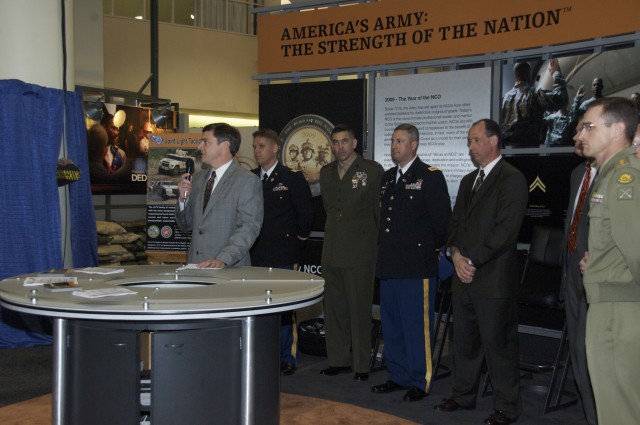
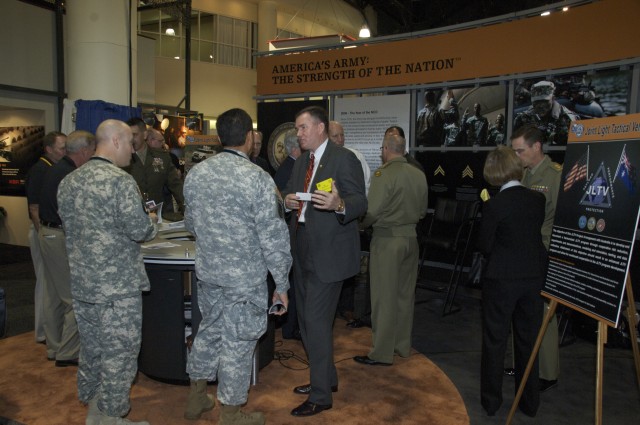
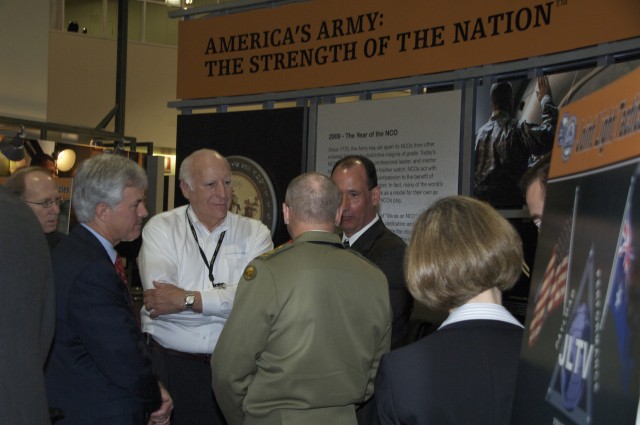
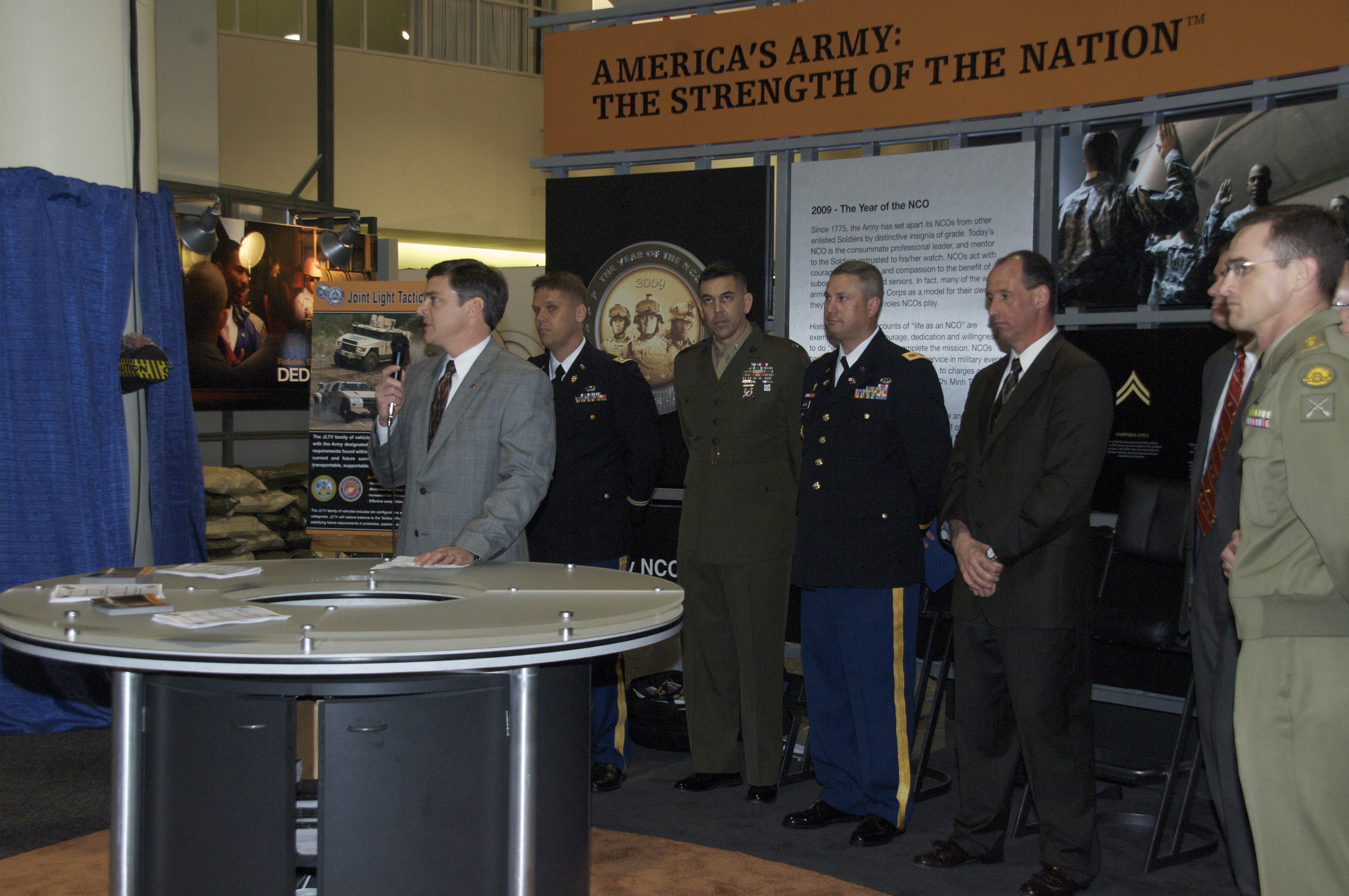
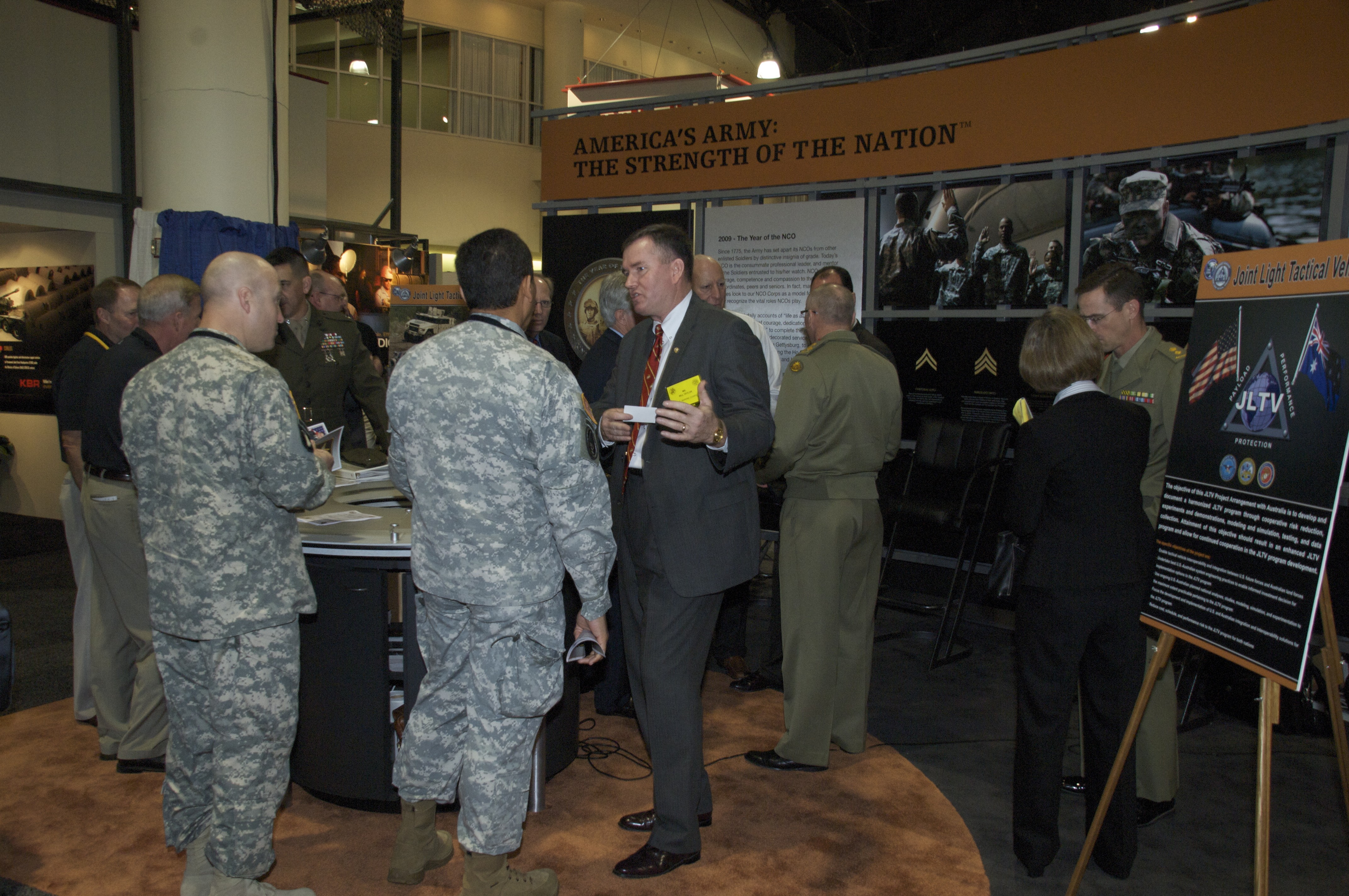
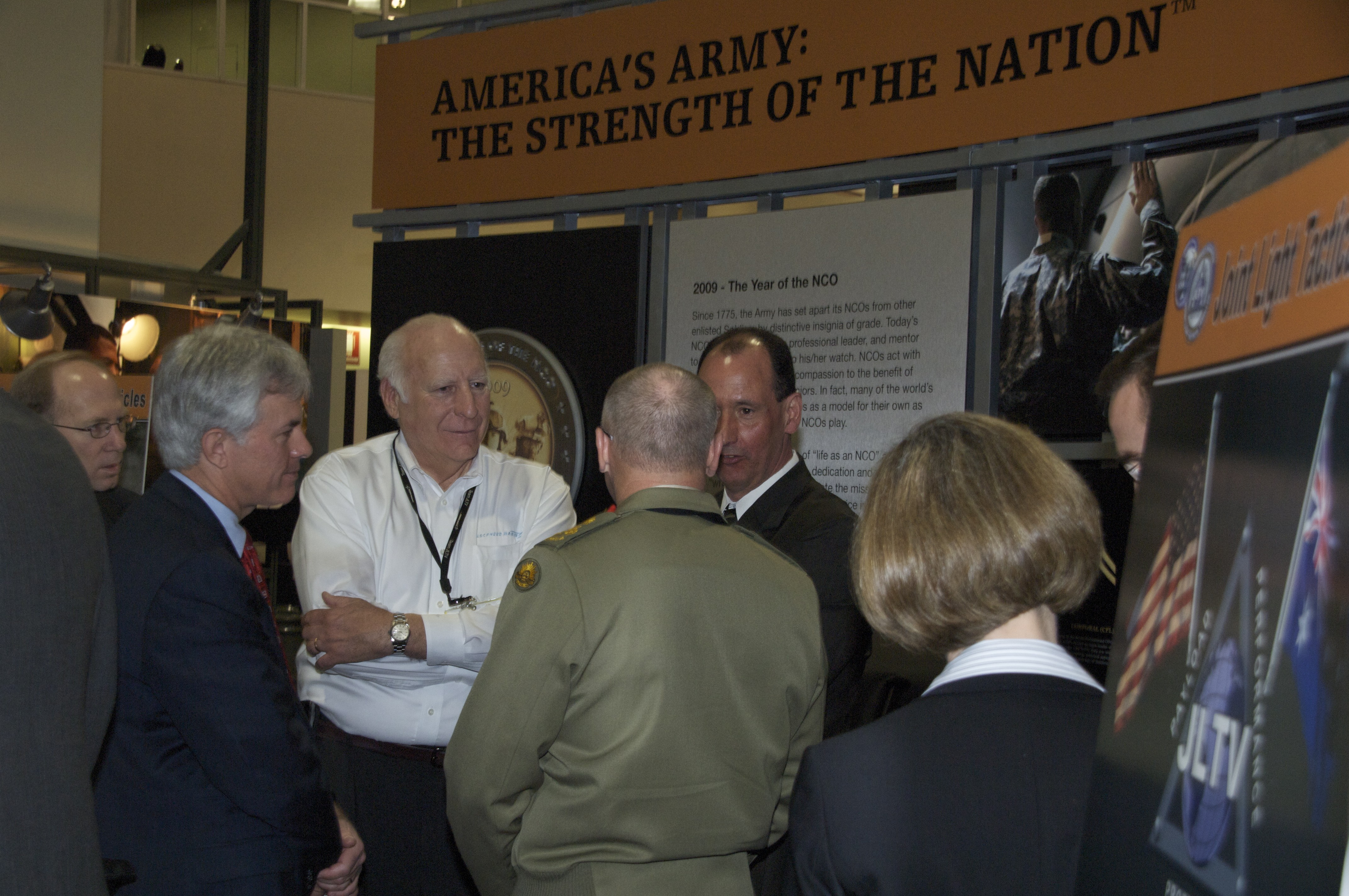
Social Sharing